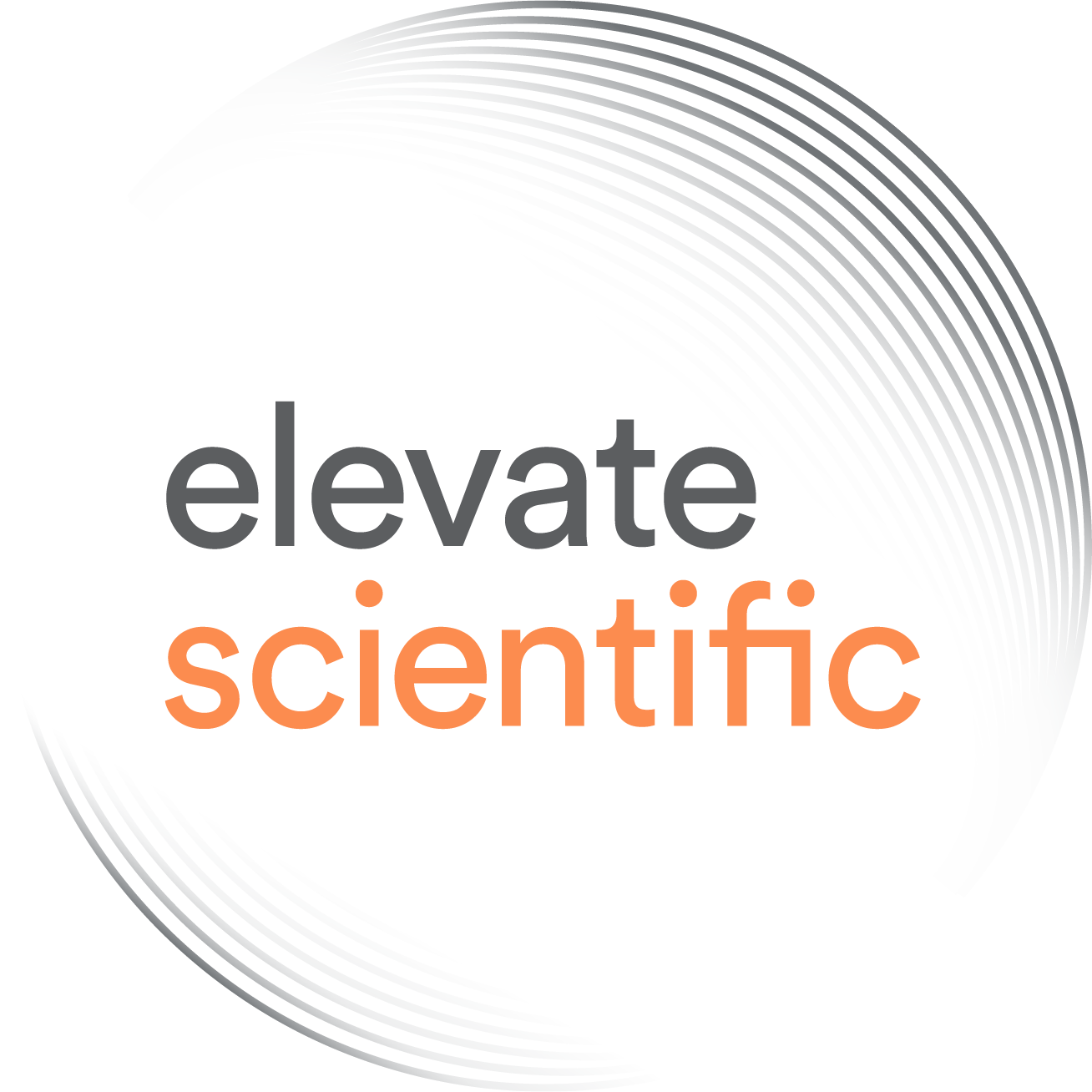Our end-to-end editorial support and trainings enable researchers to frame and present their research in clear, complete and coherent proposals that capture the novelty, originality, significance and feasibility of their planned research.
Drafting well thought out grant proposals is crucial not only for getting funded but also for planning your research and understanding its wider context. This, in turn, is vital for making an impact. But writing grant proposals is an arduous, time consuming and competitive process, with success rates typically in the 5-25% range. In view of the frequent rejections, it is easy to lose motivation and to question whether it’s all worth it.
Clearly, researchers need to receive much more training and support for securing funding and planning research more broadly. We have developed a framework to do just that: the framework builds on our extensive experience of helping researchers with different types of applications that have targeted multiple funders. We now offer this framework to researchers around the globe via our editorial-support service as well as high-end workshops and coaching.
Challenges
As can be seen from the examples in Table 1, our work has spanned funders of all types: national (e.g., Swedish Research Council and the NIH), European (e.g., ERC and H2020) and private (e.g., Knut and Alice Wallenberg Foundation and the Novo Nordisk Foundation). The scope of the work has ranged from projects driven by a single investigator to those driven by large and sometimes highly interdisciplinary research collaborations and centres. To date, we have helped secure grants ranging from 0.1–90 million Euro per grant.
There are many challenges that are common to all these types of applications:
- Lack of appropriate context: How do you overcome the ‘curse of knowledge’? How do you negotiate the tight space constraints to select context that is relevant for your reviewers and present it in the right spot?
- Lack of specificity: How do you argue for impact and significance without being vague? What is the right level of specificity for your approach, project implementation, risks and collaborators?
- Lack of focus: How wide or narrow should the project’s scope be? How many aims should you include? How should these be interrelated?
- Lack of coherence: How do you achieve coherence – a red thread – in your narrative and maintain it for your reviewer throughout the application?
- Lack of readability: How do you ensure that your reviewers quickly grasp the essence of what you plan to do, why and how?
Our support
We take a multipronged approach for addressing the challenges outlined above.
First, we assess the application in depth and provide detailed feedback on the novelty, originality, feasibility, significance and impact of the proposed research. We also scrutinize the presentation of the narrative. Whether you receive such feedback from us or one of your peers, it is crucial for identifying gaps in your narrative or parts that could be unclear to a prospective reviewer.
Second, we edit the application substantively to improve the clarity, completeness and coherence of your narrative.
Third, for some applications (particularly very large collaborative or centre-wide applications) we also provide extensive help with illustrations and layout.
Finally, for multi-stage processes such as those adopted by the ERC, we also help prepare applicants for interviews.
Our framework
Over the years, we have grown convinced that it’s not just about editing and pointing out inconsistencies. Rather, it’s about framing research and developing narratives that are complete, clear and coherent – from the individual sentences through paragraphs and sections to the level of the entire application.
We have delved into psychology, political communication, linguistics and other social and cognitive sciences to develop a framework for planning and communicating research in different contexts and formats, including in grant proposals. This framework is based on three communication devices, as we term them:
- Framing (macroscale): We have developed a simple, yet effective, approach for framing research, which involves defining problems, mapping out strategies and outcomes, and understanding impact pathways
- Story (mesoscale): Given the importance of story in all communications, we have developed an approach to put together complete, coherent and clear narratives for grant applications
- Language (microscale): Using insights from psycholinguistics, we organize texts to achieve coherence at the level of individual sentences and paragraphs
In addition, we have used the framing concept in facilitation workshops to bring together teams useful for co-designing and co-developing research ideas into collaborative research projects and initiatives.
We use these devices in our editorial support on research papers and grants, development of communications solutions, and consulting. We also teach their use in our high-end workshops.
Keen to find out more or see these devices in action? Get in touch to book a training or any of our editorial, communication or consulting services!
Table 1. Examples of different types of (successful) grant applications that we have helped develop (click respective field for more information, where available). [ERC – European Research Council; VR – Swedish Research Council; KAW – Knut and Alice Wallenberg Foundation; NNF – Novo Nordisk Foundation; GU – Gothenburg University.]


